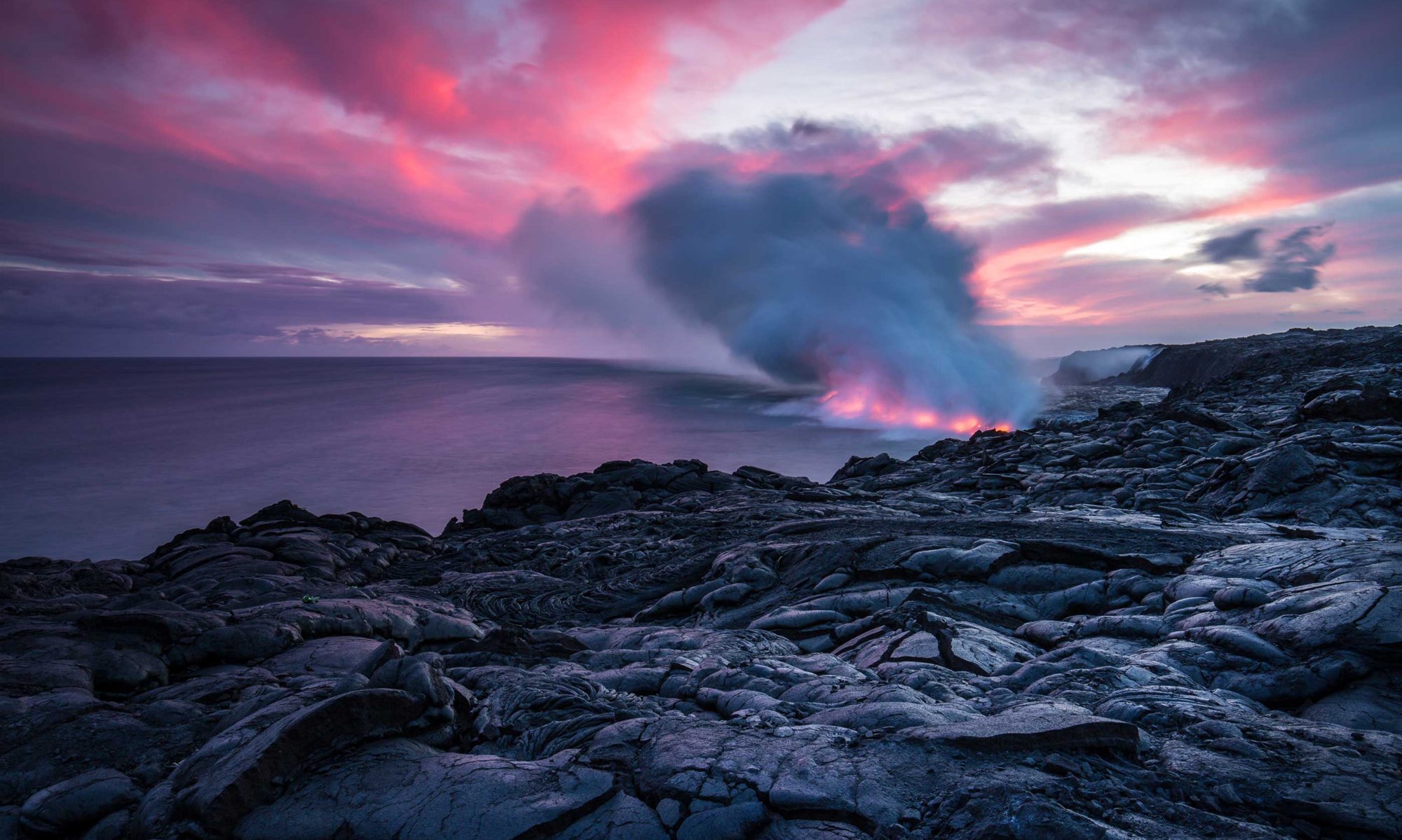Amazon tipping point
Satellite images taken over the past several decades show that more than 75 percent of the Amazon rainforest is losing resilience, according to a new study published in the journal Nature Climate Change. The vegetation is dryer and takes longer to recover after a disturbance. Even the most densely forested regions struggle to bounce back.

